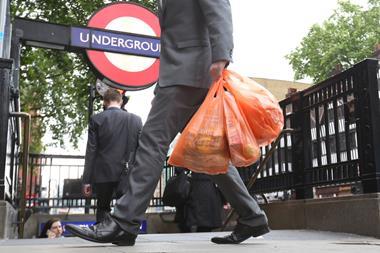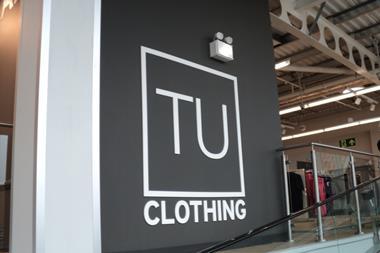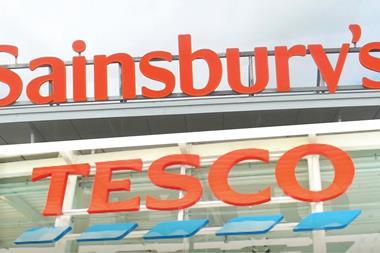Sainsbury’s is to close its standalone general merchandise website and merge its non-food offer with its core online grocery proposition.
Sainsbury’s said the change will simplify the shopper experience and enable it to drive more profitable sales growth.
The transition, which will complete by November, will allow Sainsbury’s customers to purchase general merchandise products alongside their main grocery shop in one transaction.
At present, Sainsbury’s customers have to buy non-food products from a separate site involving separate transactions, fulfilment processes and deliveries.
Sainsbury’s said the switch, which follows the recent upgrade of its grocery site, will “more closely mirror customers’ in-store experience”.
Sainsbury’s online director Robbie Feather said: “Customers told us that they expect to buy the same products online as they do in our stores. For the first time, customers will have the opportunity to buy more items in one online transaction including an extended kitchen range, bed linen, stationery, toys and small electrical items such as kettles.”
Feather told Retail Week that selling general merchandise alongside grocery would lift sales. “We’ve had huge success on smaller [non-food] items in-store, we should be able to replicate that success by giving customers the same opportunity online. We will see significant growth on our hero categories online,” he said.
General merchandise products will be fulfilled through stores, using the same model as its online grocery proposition. Until now, non-food items have been fulfilled separately through a distribution centre.
Feather said having a single online fulfillment model will help keep costs down and improve shopper convenience. “The convenience side of delivery is much more front of mind than how we saw it five or 10 years ago,” he said. “It makes absolute sense to deliver [grocery and general merchandise] together.”
At present the main grocery site stocks between 500 and 1,000 general merchandise SKUs, including items such as paper and printer ink. Feather said this figure will eventually grow to about 7,000. “The new grocery platform has been the enabler,” he said.
Sainsbury’s, which generates more than £1bn of sales online a year, will focus on items such as kettles, toasters, pots, pans, bakeware, toys, stationery, dinnerware, bed linen and gifts for occasions such as Valentine’s Day, Mother’s Day and Christmas.
As part of the transition, bulky general merchandise products will be phased out, including furniture and large TVs, because such items demand a two-person delivery model, whereas groceries and smaller general merchandise products only require one person. A range of electricals goods will still be available in selected stores.
Feather said it is a “commercial compromise we’re prepared to make” in order to achieve single basket delivery across grocery and general merchandise.
He added: “Our strategy for non-food is high street style at supermarket prices – clothing and hero products, stylish stationery, for example. We’ve a relatively small electricals business, it’s not our priority.”
Sainsbury’s will keep its clothing brand Tu separate from the grocery site however. It is launching Tu online for the first time later this month on a standalone website.
“The strength of the brand leads us to believe it can be a destination store online,” said Feather. “Typically, a clothing shop is not done with a grocery shop.”
Sainsbury’s will also retain its separate entertainment site for digital downloads and streaming, although the main grocery site will sell physical products such as CDs and DVDs.
The chnages have sparked a consultation process involving 25 colleagues. Feather said there is a risk of a “handful” of redundancies, but added: “We hope the majority will be redeployed.”
Feather said convenience is increasingly becoming a key battleground for online retail.
The ability to offer delivery in different places - either through click-and-collect from store or third-party locations, or to home - all those different delivery points will be a big source of competitor advantage. Customers want different options to suit their lifestyle and life stages. The whole delivery piece, making it easy and convenient, will be where the market moves to.
“We need to give our customers what they want and reinvent ourselves accordingly. Online retailing is moving at such a pace and we will continue to invest and enhance our digital proposition.
“I don’t expect the levels of investment to drop in the foreseeable future. We want to continue improving functionality, customer experience, and delivery options.”
























No comments yet